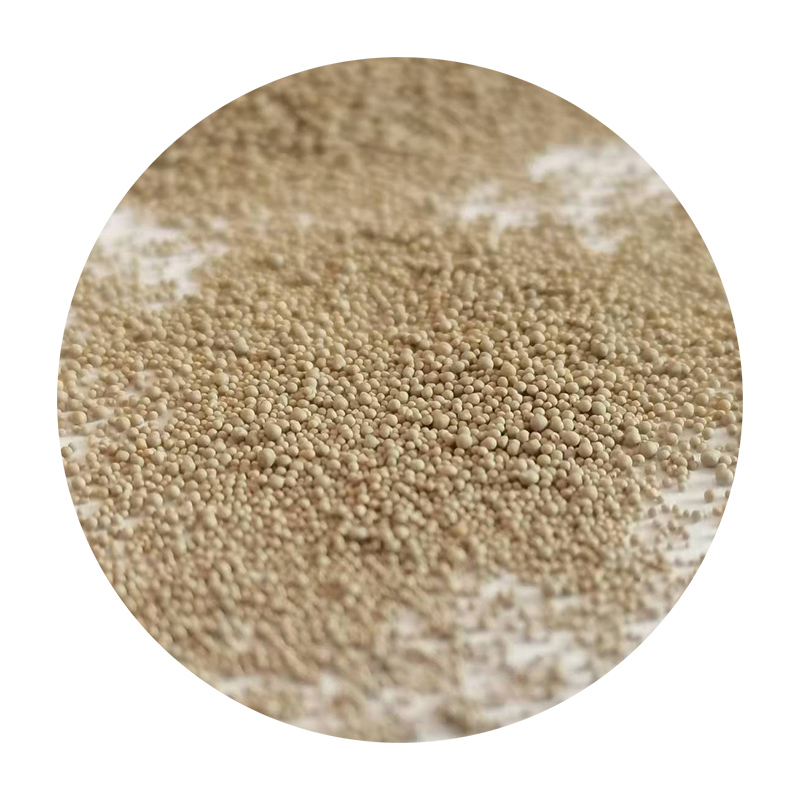How Sand Casting Works
Sand casting is one of the oldest and most versatile manufacturing processes used to create metal parts. The technique has been utilized for centuries, dating back to ancient civilizations, and it still remains a preferred method for producing complex shapes and components across various industries today. This article will explore the fundamental principles of sand casting, the materials involved, and the steps taken in the process.
At its core, sand casting involves creating a mold from a mixture of sand and a bonding agent. The primary component, sand, is used for its ability to withstand high temperatures and recreate intricate designs. The most common type of sand used in the casting process is silica sand, which is known for its durability and ability to retain its shape. The sand is typically mixed with a binder, such as clay or resin, to hold the grains together and create a stable mold.
How Sand Casting Works
After the mold is prepared, the pattern is removed, leaving a cavity that represents the shape of the desired metal part. The next step involves preparing the sand mold for metal injection. This is achieved by applying a releasing agent to prevent the mold from sticking to the metal and ensuring a smooth extraction after the casting has cooled.
how sand casting works

Once the mold is ready, molten metal is poured into the cavity. The type of metal used can vary, but common choices include aluminum, bronze, and cast iron. The choice often depends on the mechanical properties required for the final product. The molten metal is typically heated to a temperature that allows it to flow easily into the mold and fill all spaces completely.
As the metal is poured, it fills the cavity and begins to cool. The cooling time depends on several factors, including the thickness of the casting, the type of metal used, and the ambient temperature. It is important to allow sufficient time for the metal to solidify completely before the mold is opened, as premature removal can lead to defects such as cracking or warping.
After the casting has cooled, the mold is broken apart to reveal the new metal object. This process often involves shaking or vibrating the mold to assist in the separation. Once the casting is removed, it typically requires additional finishing processes such as trimming, grinding, or machining to achieve the precise dimensions and surface quality desired.
One of the advantages of sand casting is its ability to produce complex shapes and sizes with relative ease. Furthermore, it is a cost-effective method for producing small to medium-sized production runs, especially when compared to more advanced methods such as die casting or injection molding. Additionally, sand casting is adaptable to a wide range of materials, making it a go-to option for manufacturers in various sectors, including automotive, aerospace, and art.
In conclusion, sand casting is a traditional yet practical method of metal manufacturing that enables the production of intricate components with minimal tooling costs. The combination of sands with bonding agents, careful pattern creation, and precise pouring techniques results in high-quality metal parts tailored to specific applications. As industries continue to evolve, sand casting remains a vital process, demonstrating its enduring relevance and flexibility in modern manufacturing.
Post time:des. . 12, 2024 10:03
Next:lost foam casting applications
